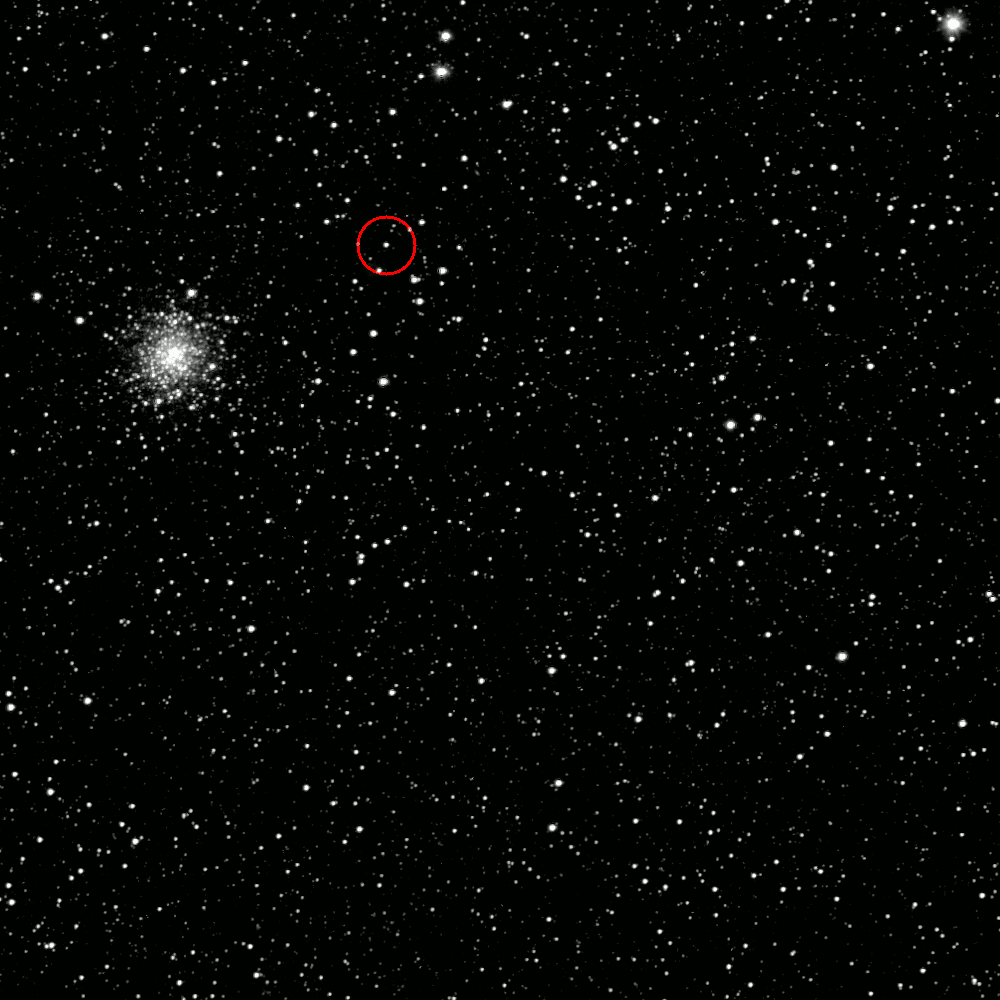Emily Lakdawalla • May 15, 2014
Pretty pictures: Rosetta's comet is now acting like one!
As Rosetta crosses the last couple million kilometers separating it from its target comet, the spacecraft is snapping away with its OSIRIS camera. They take these images primarily for optical navigation -- to help steer toward the destination. But the photos have also caught the comet beginning to act like a comet, throwing off gas and dust to develop a coma that is already 1300 kilometers across, and growing. All this from a nucleus only 4 kilometers across.

Here's a zoomed-in look at the comet on April 30:

Rosetta is now matching paces with the comet. The next rocket maneuver, a very large one, is planned for May 21. More information on ESA's website!
Support our core enterprises
Your support powers our mission to explore worlds, find life, and defend Earth. You make all the difference when you make a gift. Give today!
Donate

 Explore Worlds
Explore Worlds Find Life
Find Life Defend Earth
Defend Earth

